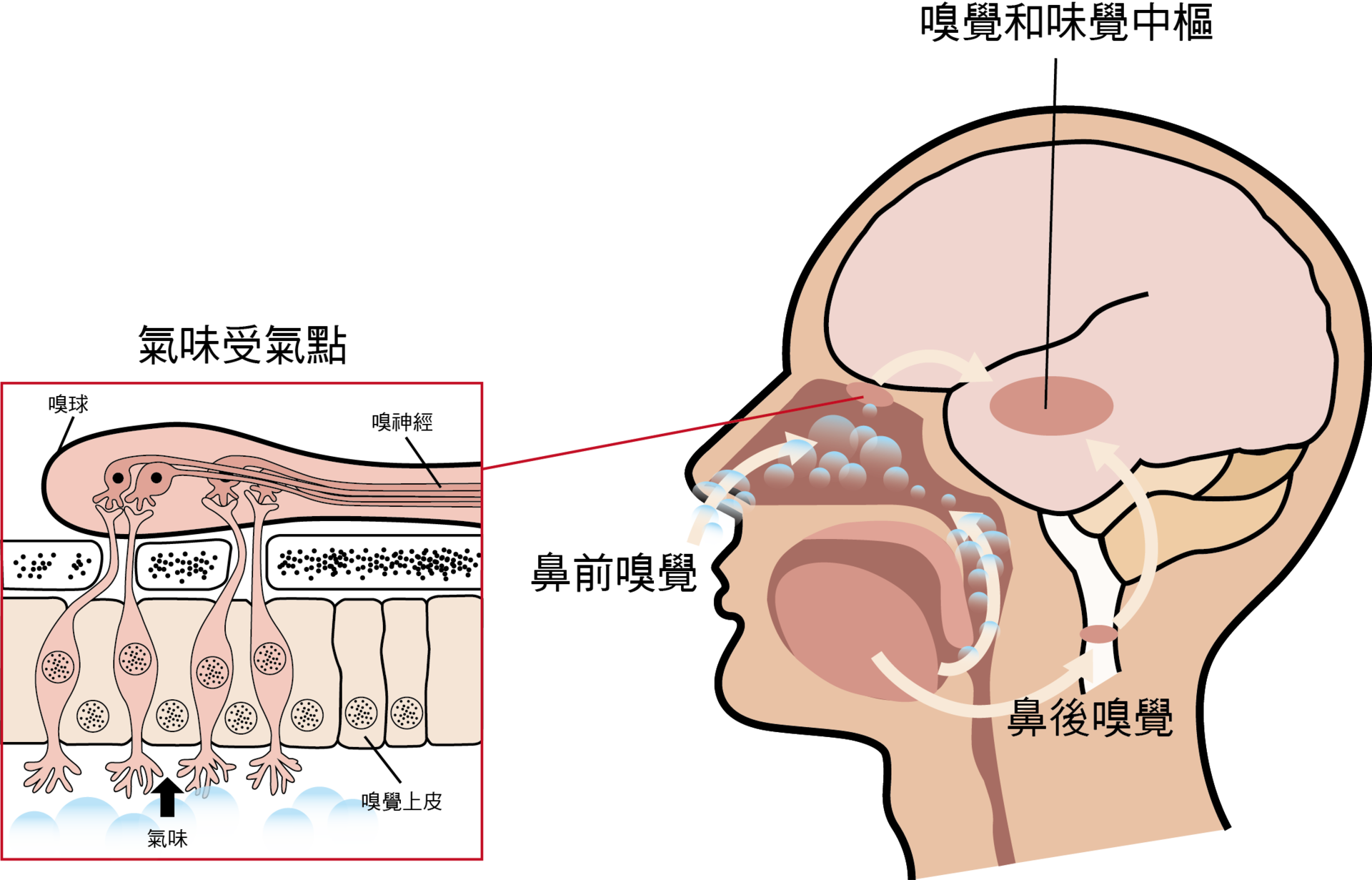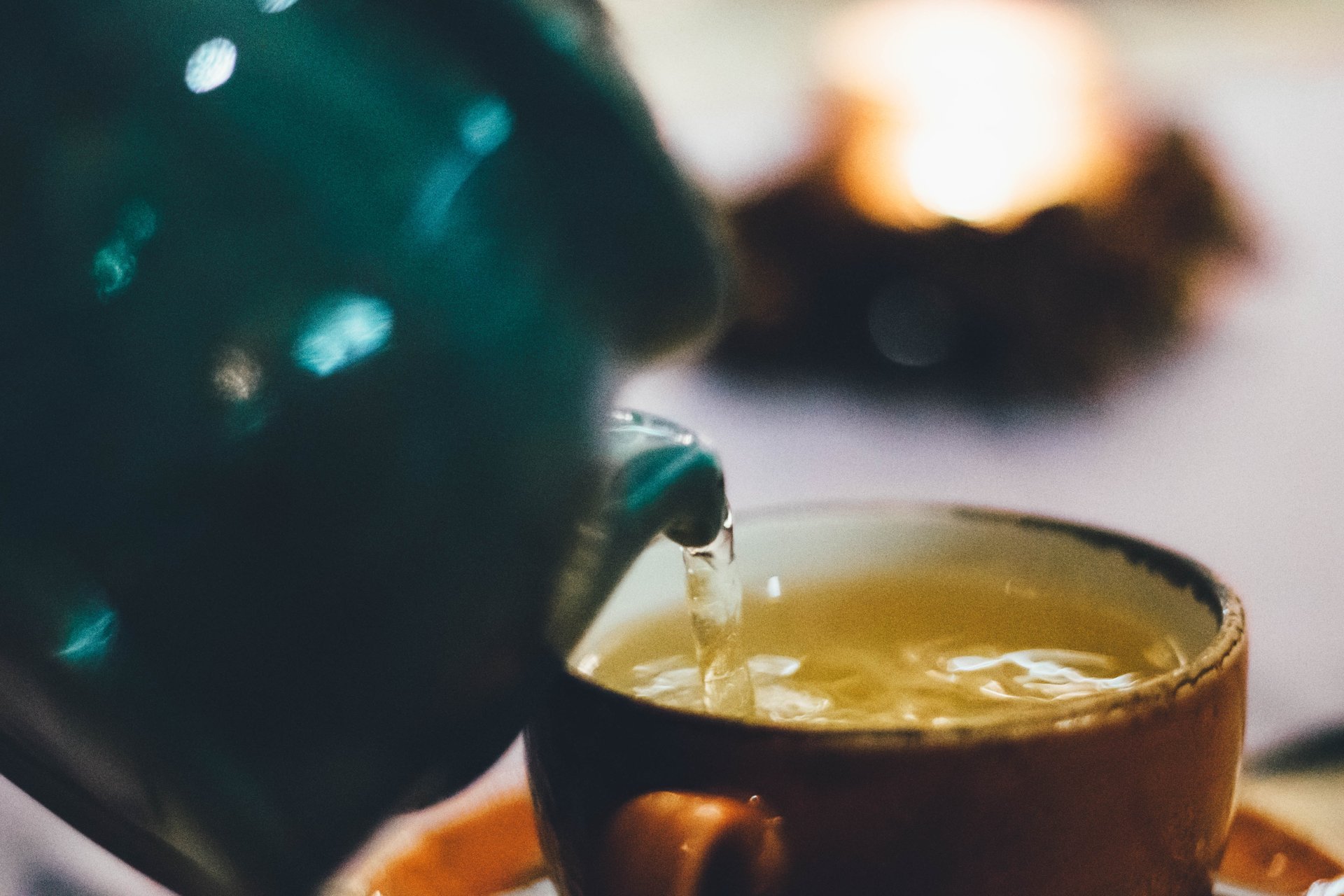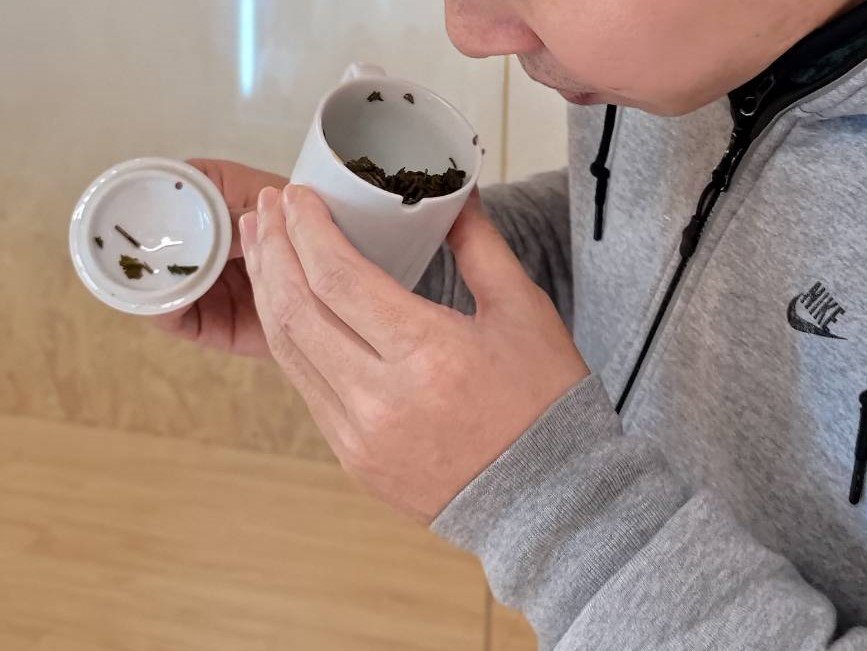Hand-shaken Tea Can Be Tasted!? [Five Attribute Chart],the Exclusive Tea Technique of Tachungho (Part I)

Coffee, alcoholic drinks and tea are known as the three major beverages in the world with their own food culture. Currently, people in Taiwan have the impression that alcoholic drinks represent a noble taste and coffee represents fashion and innovation while tea represents the calm and old school. Each culture has developed professional tasting systems over time. Due to the trend driven by famous enterprises, many young generations or those who want to start a side job are willing to engage in the alcoholic drink and coffee industries to dig into and explore more aspects of the business. Thus, it is easier for coffee and alcoholic drinks to develop mechanisms of tasting and good quality searches in comparison with tea.
What most people don’t know is that actually teas have a complete [International Tea Tasting Standard] with professional certificate mechanism. Government agencies in Taiwan represented by the [Tea Research and Extension Station] implemented this method in teaching courses and tea tasting competitions every year. From observing the dry tea, tea dregs, liquor and aroma to sample the taste, the original tea liquor without any spicing is examined comprehensively by specific and objective evaluation such as the strength, bitterness and brightness to understand more about the advantages and disadvantages of teas.

When mentioning the base tea in the field of hand-shaken drinks, the public may have the general impression that poor quality teas are used as the base tea for making hand-shaken drinks and they even consider hand-shaken drinks as “fast, convenient and cheap” drinks. However, that is not the case. According to the observations in recent years, the consumer has gradually changed their thoughts. People nowadays care more about the aroma while the standard of good taste depends on the aroma people experience when drinking. As the knowledge of the consumer improves, the hand-shaken drink industry also makes progress by having higher requirements for raw materials. Because selecting a good quality base tea has already become the basic condition, the flavor and taste of brands more popular among the consumer become the match point between brands.
This article contains two parts. First, we will introduce you to the exclusive tasting method of Tachung ho, the [Five Attribute Chart], to see how we identify the advantages of each type of tea and how it is used in different categories of hand-shaken drinks. For example: what type of tea is suitable for making milk tea and what type of tea matches perfectly with fruits. We believe that this may not only assist the customer to have in-depth understanding of our different types of teas but also can analyze the pros and cons of other brands’ products.
- [Five Attribute Chart], the Exclusive Tea Technique of Ta Chung Ho

Each type of tea is analyzed against five points of [bitterness, astringency, sweet aftertaste, freshness and liquor] with the [aroma] added as additional point for analysis. Besides using words to describe the aroma, other points are expressed in a value of 1-5 from weak to intense. For example: if the bitterness value is 5, it means strong and obvious bitterness is the first impression of this type of tea.
Aroma: the aroma of the tea is determined by the external sense of smell (orthonasal) and the internal sense of smell (retronasal). The tea generates different aromas due to diverse types of tea and processing. Common aromas includes floral, honey, sweetness of rhizomes and scorched aroma generated by roasting.
※More information on the aroma will be disclosed in the next session.

Bitterness: the strength of tea bitterness depends on the quantity of the bitter component it contains. Some types of teas have shocking bitterness because your mouth is filled with the taste of bitterness upon drinking. Some types rise from the inside out with a long-lasting taste. The water temperature, time and quantity of the tea leaves can change the bitterness of the tea.
Astringency: this is a sense of touch due to the combination of tea polyphenols within the tea and the protein, generating an impervious layer on the endoplasm in the mouth. Thus, a sense of astringency appears when partial muscles in the mouth compress, just like the mouthfeel when eating grape skin or green persimmons.
Sweet aftertaste: this refers to the sweetness of the tea which appears in the throat after the bitterness disappears. The taste of sweetness generated after tea drinking is an illusion generated in the mouth (similar to the contrast effect). Similar examples also include the sweetness illusion generated by drinking tasteless water after eating something bitter.

Freshness: the mysterious fifth flavor – “umami”. It mainly doubles the original flavor of the food (factors of glutamic acid and amino acid) to make it more obvious. As for the “umami” of tea, it means whether or not the presentation of aroma, bitterness and astringency has reached a balance.
Water: this refers to the feeling of water itself in the mouth. The tea liquor varies due to different materials in the tea liquor. For example: some mountain springs provide a pure and sharp mouthfeel compared to ordinary water. On the other hand, some kinds of water provide a sense of thickness.
- International Tea Tasting Method and Process
When tasting the tea to write the [Five Attribute Chart], we will taste the tea in its original state and therefore we have adopted the method of the [International Tea Tasting Standard] for evaluation.
1.Prepare a tea cupping set.

2.Observe the dry tea (shape, color, integrity and clarity) first.

3.Prepare 3g of tea leaves and 150cc of 100℃ boiled water for brewing.

※Brewing time.
Type of Tea | Strip type/ Shredded type | Semi-ball type/Pelleted type | Oriental Beauty |
Specified time | 5 mins | 6 mins | 5 mins 30 secs |
4.Pour the tea liquor.

5.Liquor color examination: observe the liquor color and its clarity.

6.Tea tasting by observing tea flavor: smell the aroma and then identify the bitterness, astringency, sweet aftertaste, freshness and liquor of the tea liquor.

7. Tea dregs observation and smelling: observe the appearance of tea dregs and smell tea dregs to identify the aroma.

※Tasting Tools

---------to be continued
Reference:
- 講茶學院 >> https://teatalkacademy.com/
- 大中和行銷部內部品評講義 – 承恩食品企業股份有限公司 鄧曉吉撰寫


